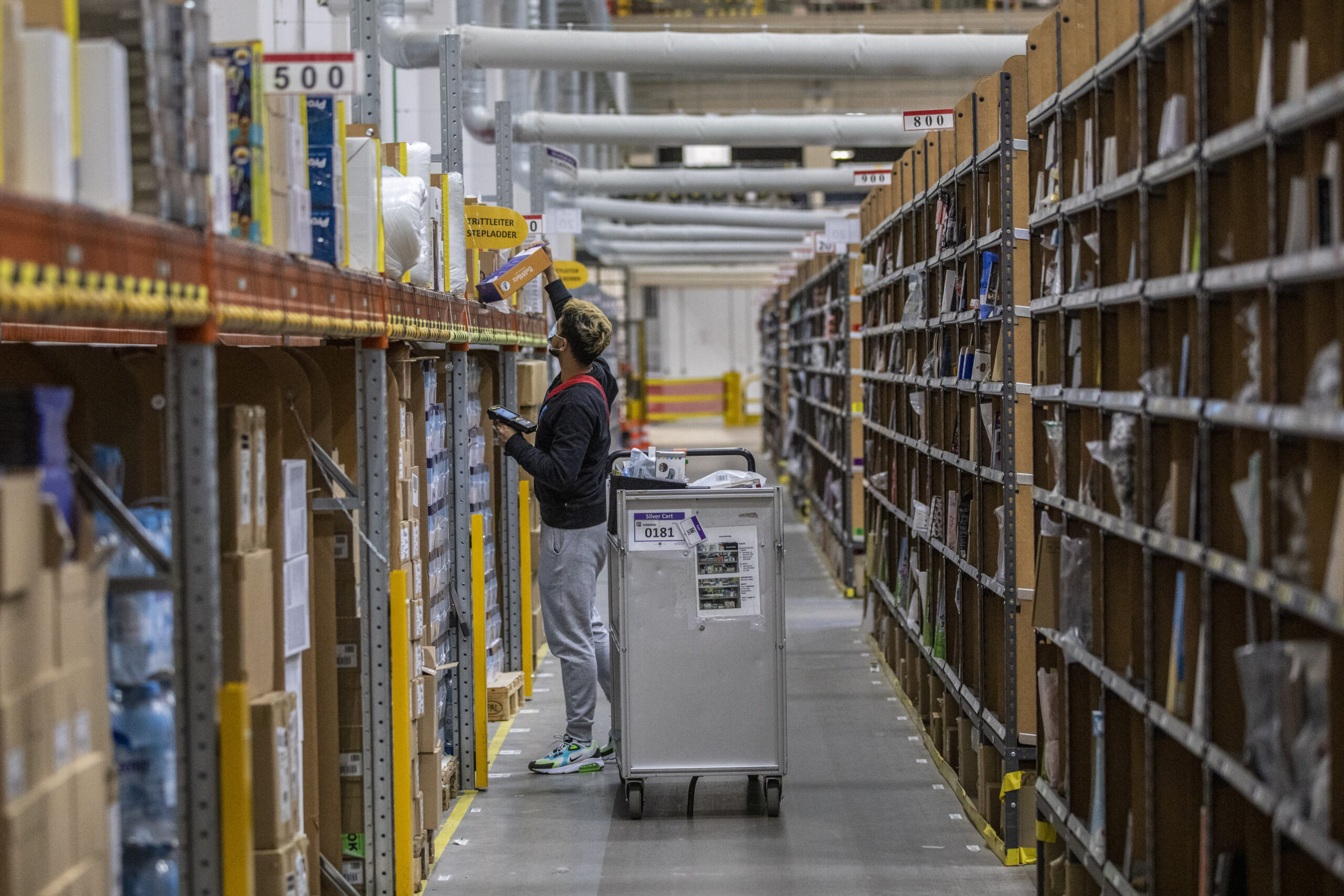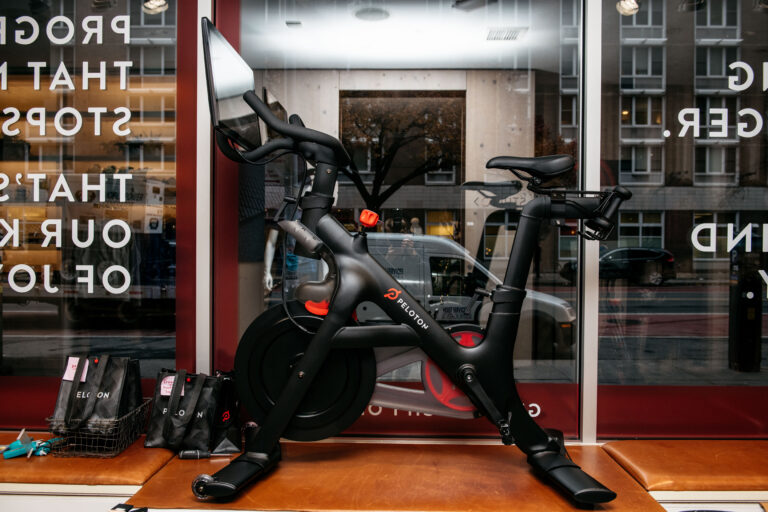Amazon accused of using charity work scheme to conceal warehouse incident rates
Amazon is pursuing the “aggressive geographic and use case expansion” of a scheme that sends injured warehouse workers to non-profits for light duty, according to The Financial Times. Under the scheme that’s officially called Amazon Community Together, workers get their full salary instead of compensation benefits that typically only cover a portion of their usual pay. While the program sounds beneficial for both workers and local non-profits, workers’ rights advocates argue that it’s a tool Amazon uses to hide the real number of serious injuries at its warehouses.
Participants in the Community Together program are sent to charities like Salvation Army and Habitat for Humanity to do whatever work they’re capable of with their injuries. Over 10,000 workers have been placed at non-profits since it the program launched in 2016, but Amazon had to scale back its operations during the pandemic. Amazon spokesperson Lisa Campos said the program is voluntary and that the company gets “overwhelmingly positive” feedback from participants and partner non-profits. Indeed, the workers The Times talked to said they’re treated well at their placements, and partner non-profits are thankful for the “amazing amount of work” the workers do for them.
As the publication points out, though, it also gives Amazon a way to reduce its Lost Time Incident Rate (LTIR), which is a standard OSHA metric that gives authorities concrete data on the number of severe incidents in a facility. Based on figures from the Occupational Safety and Health Administration, Amazon’s rate of injury is more than double that of the national warehousing industry average. And according to Strategic Organizing Center (SOC), a coalition of North American labor unions, there were 34,001 serious injuries at Amazon’s US facilities last year, up 36 percent from 2020. (Company CEO Andy Jassy blamed that high injury rate to new workers in a letter to shareholders and in an interview with CNBC.)
Amazon published its own report (PDF) in January that claims a 49 percent drop in LTIR in the US and a 43 percent drop worldwide in 2020. It didn’t, however, mention the growing number of Community Together placements, which had reportedly gone up by 22 percent over the same period. Eric Frumin from SOC said the program “can create a good social environment for people,” but “it can be highly abusive because the job could be contributing to the recurrence of the injury, or preventing recovery.”
All products recommended by Engadget are selected by our editorial team, independent of our parent company. Some of our stories include affiliate links. If you buy something through one of these links, we may earn an affiliate commission.






